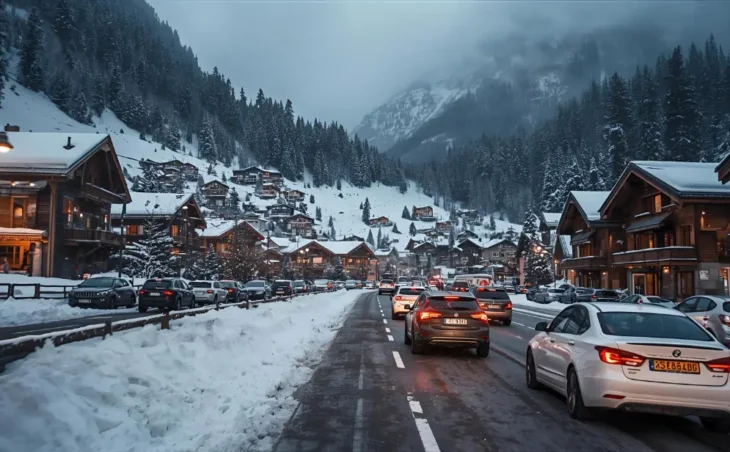Planes and trains aren’t the only way to reach the Alps. More and more skiers are choosing to drive to their ski holiday, whether it’s for the flexibility, extra luggage space, or simply the sense of adventure. If you’re thinking about packing up the car and heading for the mountains this winter, here’s what you need to know to make your journey legal, safe, and stress-free.
Why Drive to the Alps?
Driving to the Alps can give you more control over your ski holiday. You can leave when you like, pack as much ski gear as your car can hold, and even make the journey part of the holiday. Many resorts are within 8–10 hours’ drive from Calais, which makes it realistic for families or groups who don’t mind a long day on the road.
It can also work out cheaper, especially if you’re splitting fuel and toll costs between passengers or taking advantage of self-drive ski chalet or self-catered apartment deals.
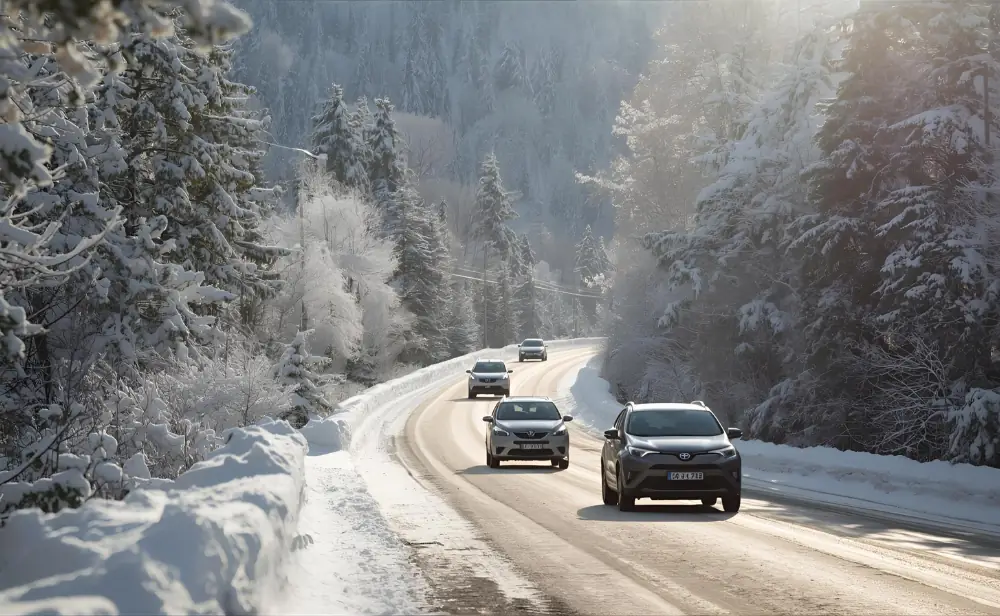
Route Planning and Toll Roads
If you’re driving from the UK, most routes to the French and Swiss Alps take you through France via Calais or Dunkirk. The French motorway system is excellent, but be aware that many motorways (autoroutes) are toll roads.
You’ll find regular toll booths (“péages”) along the way, and costs can add up to around €70–€120 each way depending on your route and resort. You can pay with cash or card, but queues are often shorter if you use a credit card lane. If you’d prefer to skip tolls entirely, it’s possible to take the slower but scenic ‘N’ roads, though these will add several hours to your journey.
Pro Tip: Websites like ViaMichelin can help you estimate your toll and fuel costs before you travel.
Channel Crossing Options
- Eurotunnel Le Shuttle: Fastest option (35 minutes), departs from Folkestone.
- Ferries: More economical, with routes from Dover, Portsmouth, Plymouth, and others.
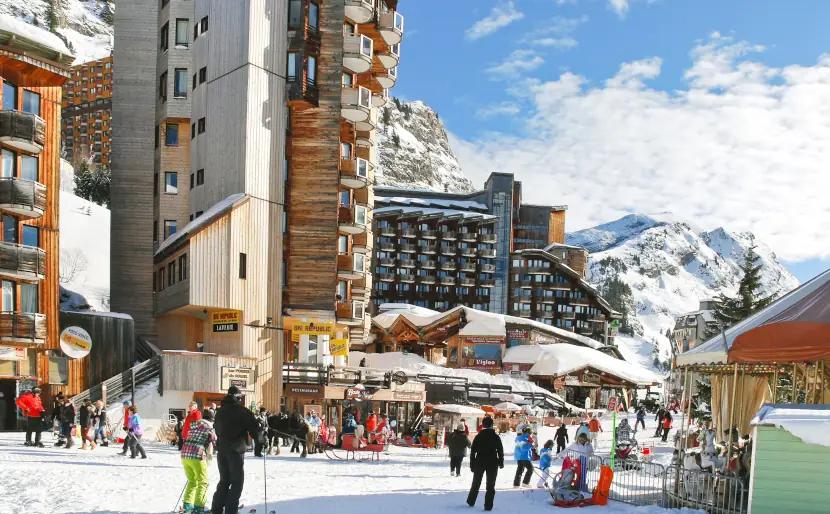
Make Sure You’re Road-Legal in Europe
If you’re driving your own car from the UK, there are a few legal requirements you must meet before you cross the Channel:
- Full UK driving licence and V5C logbook – You’ll need proof you own or are authorised to use the vehicle.
- Valid insurance – Make sure your car insurance covers European travel (many policies offer this for up to 90 days).
- UK identification sticker – The old GB sticker is no longer valid; you’ll need a UK one displayed clearly on the back of your vehicle unless it’s already part of your number plate.
- Headlight beam converters – These prevent dazzling oncoming drivers when driving on the right-hand side of the road.
- Warning triangle and hi-vis vests – Most European countries require at least one high-visibility vest per passenger and a warning triangle in case of breakdown.
- Spare bulbs, first aid kit, and breathalyser – France in particular requires some of these items by law.
- Winter tyres or snow chains – In Alpine regions, these are mandatory in certain areas between November and March. Always check your resort’s local regulations.
Always check the latest government travel advice before departure.
Staying Safe on the Road
Winter driving in the Alps is generally well-managed, but weather conditions can change quickly. Keep these safety tips in mind:
- Fit snow chains before you hit snow-covered roads; don’t wait until it’s too late. Practice fitting them at home first.
- Check the weather forecast – Snowstorms can delay your arrival, especially on changeover weekends.
- Keep fuel topped up – Some mountain roads have long gaps between petrol stations.
- Plan rest stops – Driving from Calais to the Alps is a long haul; switch drivers if possible and take regular breaks.
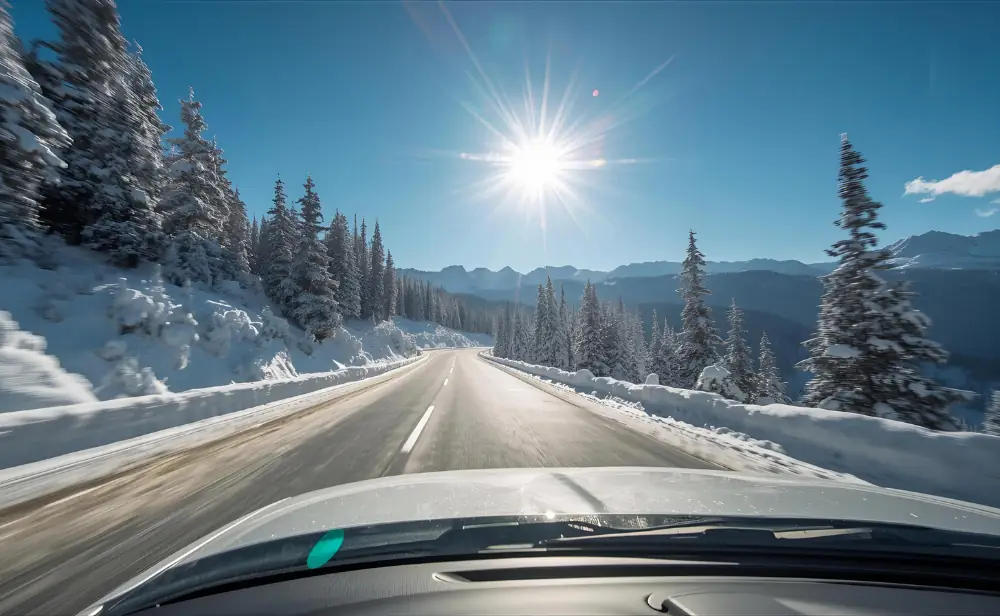
Route Planning
Popular ski resorts like Val d’Isere, Tignes, Val Thorens, Courchevel and Chamonix are reachable in 8–10 hours from Calais. Plan rest stops, check weather forecasts, and download offline maps in case of poor signal.
Driving Once You Arrive
When you get to the resort, you’ll likely be driving on steep or icy roads. Many hotels and ski chalets offer underground or covered parking, but bring a small shovel and some de-icer just in case. Remember that local police can issue fines if you drive without the proper tyres or chains during winter weather.
Final Thoughts
Driving to the Alps can be a fantastic way to start your ski holiday. You’ll enjoy the journey, have total flexibility with your luggage, and save on airport transfers and baggage fees. Just make sure your car, paperwork, and kit are in order, and you’ll arrive ready to hit the slopes safely and legally.
If you’re planning to drive to your next ski chalet or hotel, Ski Line can help you find the perfect resort with easy road access and parking options.
Chat with our experts
For tips and advice on booking your next ski holiday, call our award-winning experts on:
020 8313 3999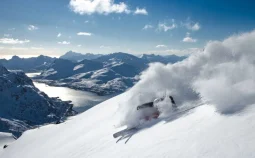 All Ski Deals
All Ski Deals